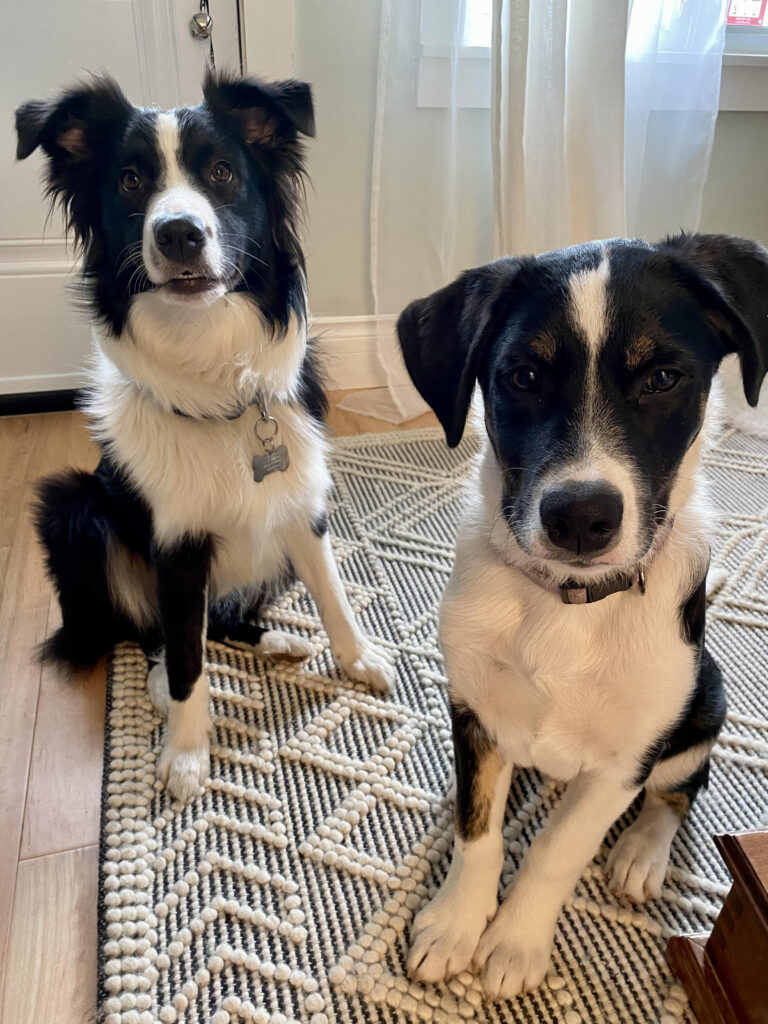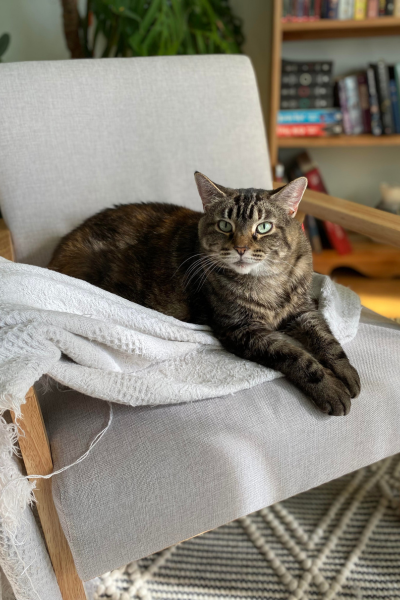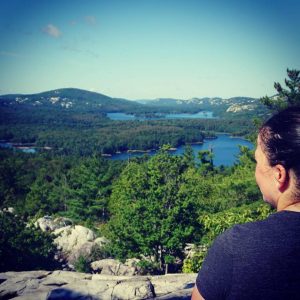
I LOVE deep point of view. I don’t know where you are on your writing journey. Perhaps you’ve been at it for a while and are just looking for some new tools to dig deeper into emotions in your writing. Maybe you’re an intermediate writer sending out queries and going to agent appointments, or even getting professional editors, and you’re getting feedback that you need to learn or resubmit in deep point of view? Maybe you’re completely new to this whole writing thing, but you keep hearing buzz about deep point of view and just want to know what it’s all about?
Welcome!!
My journey with deep pov began as a reader when in the early 2000s I started encountering characters I couldn’t forget. These characters went on emotional journeys that stuck with me, that made me FEEL things, that left me thinking long after the last page was turned. How were those writers doing that? How they could pull me so deeply into the story that I never wanted to leave that world? I came to understand they were using a technique that’s changed a bit over the years but is now known as deep point of view, and that launched me on a now two-decade search for the tools needed to write this way.

What Is Deep Point Of View?
Deep POV is a collection of stylistic choices aimed at immersing the reader in one character’s lived experience of the story. Removing narrative distance between the reader and the point of view character creates emotional connection and intimacy, immediacy, and instant (internal and external) conflict and tension that grabs readers’ hearts and keeps them turning pages.
Deep POV boiled down is about making strategic and intentional artistic choices intended to enhance the reader’s perception of immersion in the story, and the surprise in experiencing a character’s emotional journey in what feels like real time. This style of writing can enhance any story when used sporadically for emotional impact (or for the entirety of a novel), but deep point of view must work FOR you. It’s not about following a template, or a pattern. I’m often asked for examples of novels written entirely in deep pov, and it’s very difficult to find them. They do exist, but a majority of best-selling novels will use deep pov only seventy-five to ninety percent of the time.
The Problem With Learning Deep Point Of View

The problem with learning deep point of view is actually finding the information needed to make it work for you. Most blogs only seemed to cover these seemingly magical five or seven “simple” rules. No matter how much I applied those simple lessons, I continued getting feedback that I wasn’t going deep enough, that there was still too much telling in my work, that readers couldn’t connect with my characters.
It was frustrating and honestly – I began to feel a little stupid. Why couldn’t I figure this out? I could never get all the pieces to the puzzle at one time.
Maybe this has been your experience? You’ve gone to a conference, gotten feedback from an editor, that you should consider deep POV. Or maybe you have a trusted beta reader who was honest enough to compassionately tell you that you’re writing isn’t quite where you say you want it to be – yet.
The Goal Of This Blog
I’ve spent years learning, studying, and critiquing; paying for edits, querying agents, working with beta readers and crit partners trying to understand deep POV. I’m sure there’s more for me to learn yet, but what I aim to do is lay out all the tools and show you how to use them, how to apply the effects they create. With this knowledge, you’ll become an “artist” in the truest sense of the word. This journey is going to change the way you write (and read) forever, because it’s a richer experience. Deep POV requires more vulnerability, it’s more work, but the payoff is greater emotional range and intimate connections with readers.
Fun Facts About Me

I love hiking and photography. I live in NW Ontario, Canada (outside of the Rockies and Tombstone mountain ranges, it’s possibly the most beautiful area of my country – you should visit!) I work with a local rescue to foster cats and kittens until they can find a furever home. If I could physically do it, I’d off-grid homestead and grow all my own food, spin my own cloth — all the things. Instead, I garden.
No matter what kind of story I aim to write, I inevitably end up with a fantasy creature or supernatural element in there somehow, so I stick to writing fantasy for now. Give me something binge-worthy with struggle and heart ache; a character who comes out the other side a better person.
I’m not a people person–give me my writer’s cave and my fur friends and I’m happy. When I’m stuck, I seek out the woods, fresh air, and a breath-stealing view to clear my thoughts and get in touch with my emotions.

One thing to know about me is that I daily manage a complex mental health disorder. So that means my posting can be sporadic. You might hear from me regularly for six months and then nothing for the next three. That’s the way I’ve had to roll. Consistency is hard on days when simply getting out of bed is the mountain I’m faced with that day.
Once you go deep (writing in deep pov) you never go back!
Dive deep!
Lisa